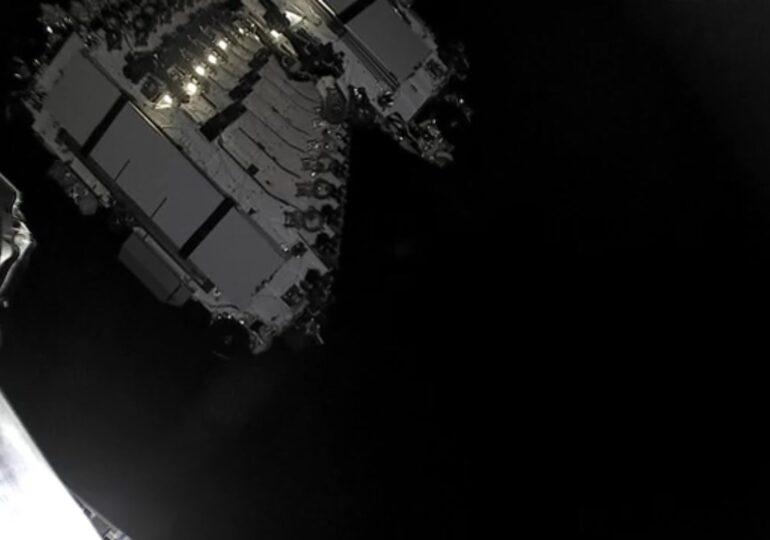Starlink, the operator of the eponymous satellite Internet service, controlled by Elon Musk’s SpaceX, has been conducting tests in Romania for several months, with the approval and support of the National Authority for Management and Regulation in Communications (ANCOM).
What is it doing? It is trying to demonstrate that a global norm dating back to the ’90s, which limits technically the new generation satellites like those of Starlink, can be relaxed without affecting the operation of classic satellites.
According to information obtained by Profit.ro, the norm targeted by the Starlink experiment was developed and globally imposed by the International Telecommunications Union (ITU), a specialized agency of the UN in the field of IT&C.
This norm specifies a certain limit for the power that low Earth orbit satellites can transmit to and from associated ground equipment, an indicator called Equivalent Power Flux Density (EPFD).
The effect of the limit is that it restricts the speed and coverage area that can be offered by satellite Internet services like Starlink. Its purpose is to protect classic geostationary satellites from interferences that could disrupt their operation.
SpaceX has been lobbying for an increase in the EPFD limit for some time, arguing that it is excessively low compared to what is necessary to achieve its purpose.
6-Month Test in Romania
Since July of this year, in collaboration with ANCOM, Starlink has started a "EPFD test" in Romania, scheduled to last at least 6 months.
Within this, under the supervision of the Authority, Starlink has been authorized to exceed the current global EPFD limit and operate in accordance with certain operational parameters agreed with ANCOM, over a certain limited area and exclusively for the duration of the test.
The study that will be conducted based on the test will have to determine if new generation satellites like Starlink can operate at higher EPFD levels without affecting classic satellites.
ANCOM's intention is to share the study results at ITU meetings dedicated to the subject, as specified by Profit.ro.
Musk's "bet" is that Starlink satellites can operate at capacities up to 8 times higher than those currently allowed by the ITU EPFD limit, while continuing to protect geostationary satellites.
Starlink services have been authorized and are available in Romania since March 2022.

